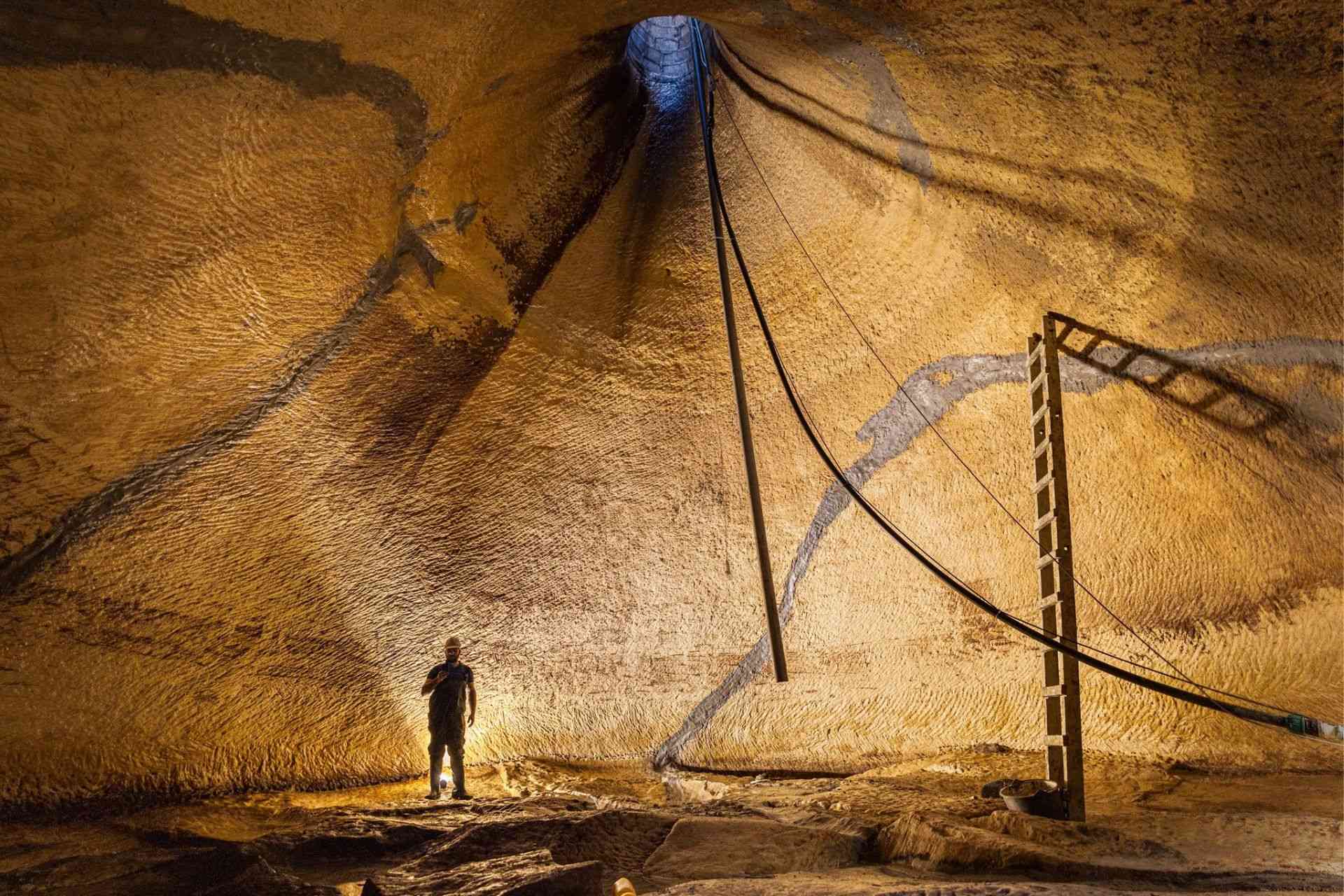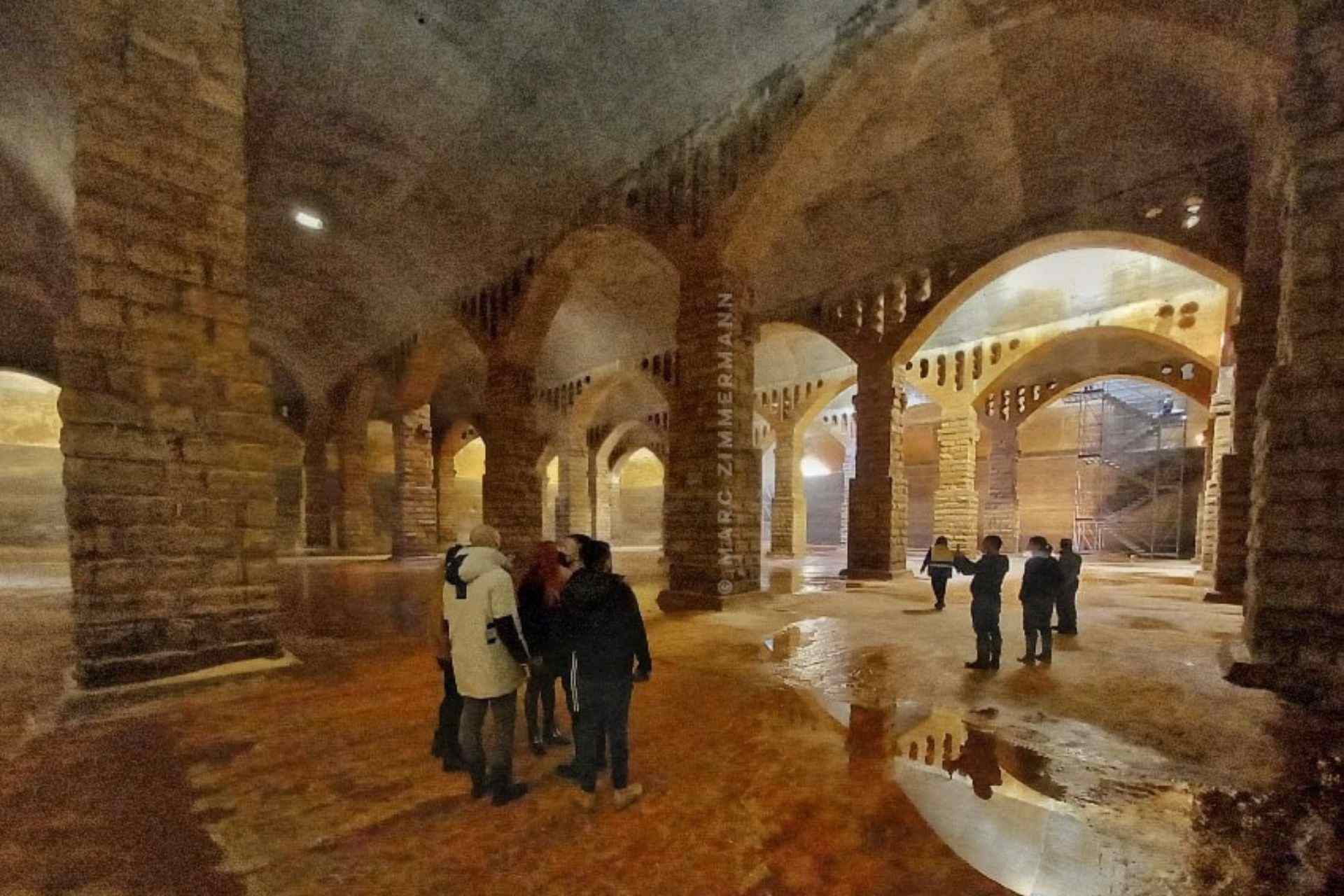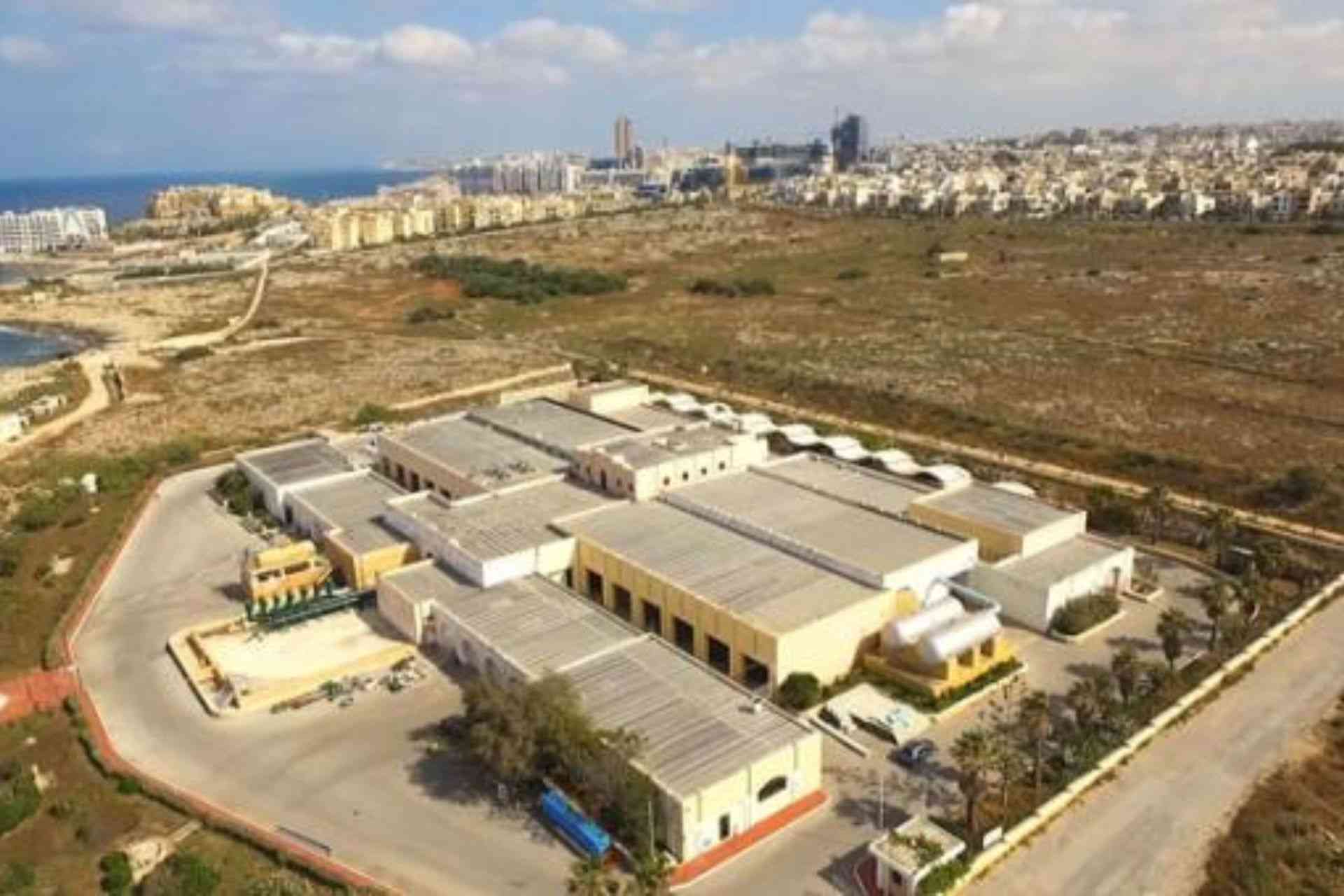Dive Into Time To Discover The Stages Of Water Management In Malta, From The First Inhabitants!
by Tiziana Micallef

Although confined to just water in the middle of the Mediterranean, Malta and Gozo have always been dry islands. With little or no rain for months, especially during summer, water scarcity was (and still is) a great challenge faced by the first inhabitants centuries ago and the generations that followed.
From the Neolithic, Roman, Punic and Mediaeval times to the British Colony period, Malta's rock was always considered ideal for the excavation of underground water tanks, cisterns, reservoirs, and wells; which are to this day valuable treasures not just for our heritage but also for collecting rainwater if restored to their glory.
In this article, we'll be visiting different stages in time for a closer look at the evolution of the water culture on the islands – a culture that has led the Maltese population to survive, generation after other.
Ancient Water Storage Engineering
Malta and Gozo's underground world has a history of its own that includes many water storages dating back to as far as the Neolithic times. From the first settlers on the islands to the Roman, Punic, Arab and Mediaeval stages Malta's water management history is vibrant and captivating. The quality of Maltese rock has led our predecessors to excavate tanks for the collection of rainwater, considered gold, particularly during the arid months. Whether for agricultural use or daily chores, access to water has always meant survival.
The Neolithic period presents us with the Misqa Tanks, which are rock-cut cisterns presumed to be contemporary to the nearby Mnajdra Temples, given their vicinity. Moving to the lesser-known Arab period, it is thought that Arabs knew how to tackle scarce water since they also came from a dry climate. The best guide for tracing where their population settled is the Maltese Language. Place names and terms with Arabic origins about water-related features are considered strong indicators to learn about water management and storage during the Arabs. These include għajn (spring), bir (well or cistern), qana (drain hole) and sienja (water wheel), among others.
Water Management Under The Order
With the arrival of the Knights of St John in 1530, water management and storage were tackled with more structured planning. As they settled in Vittoriosa (Birgu), the Knights relied on water supply from the Marsa springs through tanks cut under houses and public streets. Rainwater harvesting in the multiple cisterns underneath Birgu and the harbour area was crucial, particularly during the Great Siege of 1565. This was reflected in a survey about water storage by Romano Fortunato Carapecchia in 1723, on orders of Grand Master Antoine de Vilhena. Carapecchia identified 21 public cisterns, 821 private cisterns and also 40 other cisterns situated within the areas of Castel St Angelo, Bighi and Ricasoli.

Water availability was given great importance by the Order after the Great Siege, during the planning and construction of the new city of Valletta. The city had to be equipped with enough water supply for its growing population. A Commission appointed by Grand Master Jean de La Valette set up a regulation that every house in Valletta had to be built with an underground water well (or bir in Maltese) for the collection of rainwater. Failure to adhere to this rule, 50 scudi had to be paid as a penalty fee. No wonder Valletta's underground is equally a world to discover through its mesmerising tunnels and water reservoirs!
Since rainwater wasn't always guaranteed to fill up water wells beneath Valletta's buildings, a great water supply milestone was undoubtedly Wignacourt's Aqueduct in 1615. This engineered masterpiece transported water from springs in Rabat and Dingli to the Capital of Valletta and other towns and cities along the way simply through a gravitational process.
The intensive thought about water supply and storage facilities given by the Order became handy during the British blockade in 1799. Those locked behind Valletta's fortifications, mainly French and Maltese, managed to survive thanks to millions of gallons of water stored in the many cisterns and water reservoirs beneath the city – even though direct water supply through Wignacourt's Aqueduct had been cut off.
The British Way of Water Management
The constantly increasing population and activity around the harbour areas during the British period meant as well an increase in water demand and consumption. Thus, the British Empire found engineered solutions to make the best use of the water supply infrastructures that already existed, while also building new ones. It was during this period that various infrastructural works were carried out, which included the digging of a deep well near Valletta in 1851, to pump water from sea-level aquifers with a motorised pump. As the years passed, the drilling and pumping technology of the British advanced – increasing the exploitation of the sea-level aquifers and the lower aquifer system with the construction of groundwater collecting galleries.

Important works included the construction of galleries and pumping stations such as in Wied il-Kbir, a boiling-type distillation plant at Tigne in 1881, a pipelaying system for water to reach Valletta, Floriana, Sliema, Birkirkara, Żebbug, Siġġiewi, Rabat and Mdina in 1887, the Ta' Qali Reservoir, the Fiddien Reservoir, the Qrendi Reservoir, Luqa Naval Reservoir and Ta' Kandja underground galleries among other massive groundwater abstraction stations and major water pipelaying between 1955 and 1961. The first drilling of the Ta' Kandja underground gallery network started in 1950 and as Malta's water consumption increased also due to more activities in the tourism and industrial sector, water projects continued over the years.
Water Management Under An Independent Malta
As Malta and Gozo's standard of living continued to increase post-independence, the water demand also continued. What was also expected, however, this time round was high-quality and safer water for consumption. The first important milestone in water quality was reached before Independence, in 1909 when Sir Temi Zammit and Major A. H. Morris recommended the sterilisation of water through chlorination. This process made the public water supply safer, alongside a decision to switch to a closed pipe system for distribution.

With years of abstracting groundwater to meet the demands of the population, the aquifers deteriorated. Thus, alternative ways of sourcing water had to be looked into. The 1960s saw the construction of multi-stage flash (MSF) distillation plants as the most economical and successful way to supply water for potable use. In the 70s, intense drilling for water continued and in 1982 the first Reverse Osmosis plant was opened in Għar Lapsi. In the following years, RO plants in Marsa, Tigne, Ċirkewwa, Pembroke and Hondoq in Gozo were opened. Today, the main source of water comes from underground galleries of Ta' Kandja in the limits of Siggiewi and the RO plants of Pembroke, Ċirkewwa, Għar Lapsi and Ħondoq. The years 1982, 1983 and 1988 saw the inauguration of RO plants in Marsa, Tigne and Ċirkewwa, respectively. The Water Services Corporation (WSC) was founded on 20th January 1992 through Parliament Act No. XXIII of 1991. During its years of operation, the WSC has contributed to the entire water cycle, from production and distribution to the collection and wastewater treatment.
The evolution of water management in Malta and Gozo is certainly a rich one. Stay tuned for more as next time we'll be putting our safety hats on as we go beneath the surface to explore various water reservoirs – some of which you didn't know existed!
For more articles like this, go to the Culture section on Yellow.



